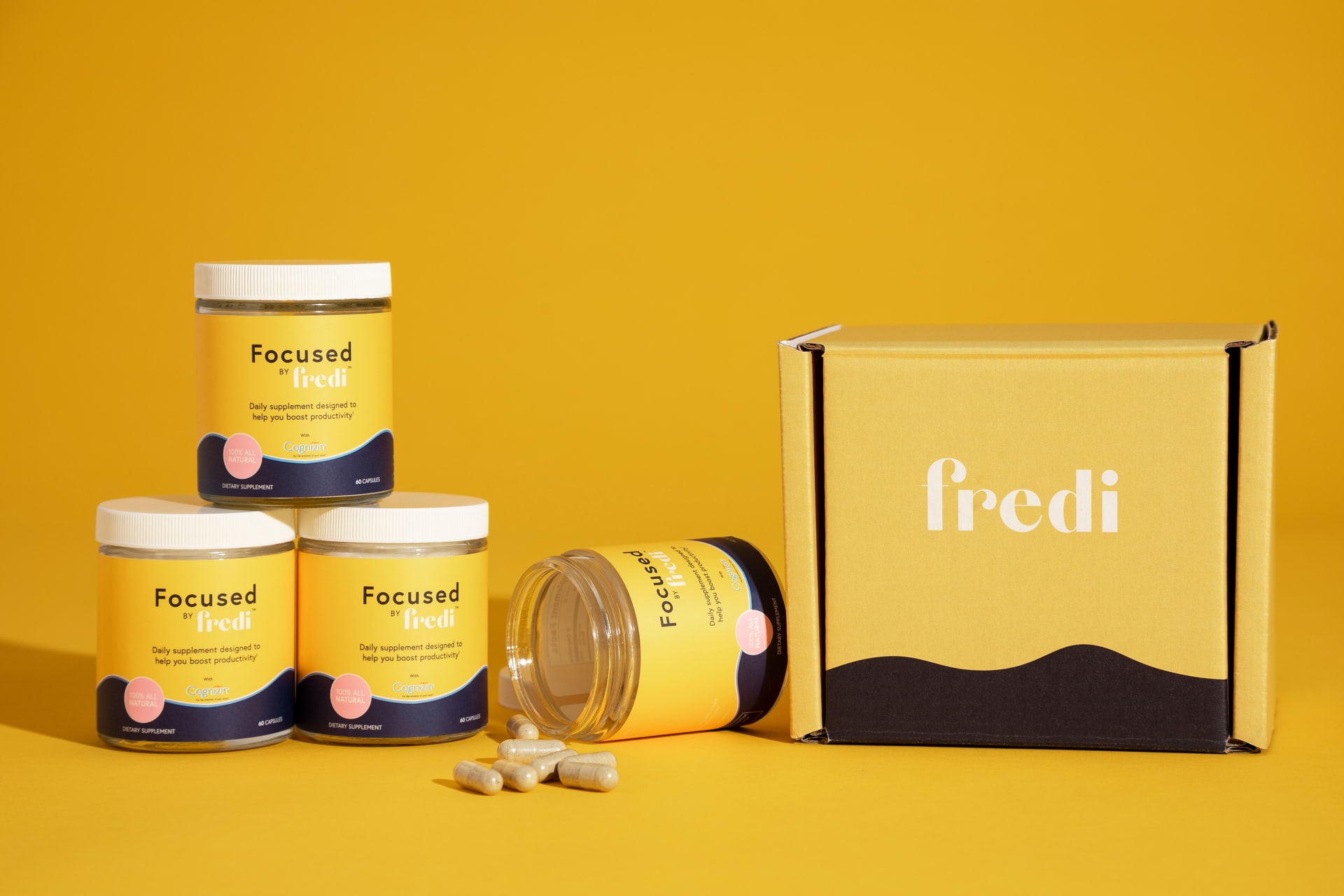Product packaging is a powerful tool for selling your products and marketing to consumers. However, it is also a liability. Getting it wrong can lead to bad investment and, ultimately, the failure of your business. Common mistakes can derail your efforts and leave you wondering what went wrong.
In this post, we take a look at some of the biggest packaging mistakes that small companies make, so you can avoid them.
Failing To Align Your Packaging With Your Brand
If your company markets itself as an eco-friendly firm, committed to upholding high environmental standards, then selling everything in plastic pouches doesn’t make much sense. Consumers expect you to use recycled materials, or, at the very least, sustainable ones. However, if you give them something that runs against their expectations, it won’t feel right, and they won’t trust your brand as much as you would like them to.
Using Too Much Filler
Ideally, you want the packaging to be the right size for the product it contains. If it is too large, consumers will consider your brand to be wasteful, and you could struggle to convince them otherwise.
If you can, make sure that the packaging is the same size as the product. Ideally, use as little filler as possible, if any at all.
Low-Quality Labels
High-quality labels are important for any business that sells merchandise directly to consumers via brick-and-mortar operations. Customers need to be able to read product information to work out whether they should buy it or not. However, that’s easier said than done. Many companies skimp on labelling, leaving clients confused.
Check out thermal transfer here. It shows how to do labelling properly so that it is robust against the elements, no matter what they hurl at your packaging.
Poor Design
Amazon might be able to get away with generic parcels and packaging, but other firms will struggle to do the same. Packaging says a huge amount about the product and what it offers. In fact, for many brands, it’s what sells the product, particularly if you sell through physical channels.
Product packaging design, therefore, needs to stand out and grab consumers’ attention. You want something that immediately communicates your brand messages with them and lets them know what you are all about.
Using The Wrong Type Of Packaging
Some small, new businesses often feel tempted to use certain types of packaging that aren’t suitable for the task at hand, either because they are less expensive or speak more to their brand.
Going down this route, though, is generally counterproductive. You wind up spending more money adjusting all your systems than you would simply get a packaging company to design something bespoke.
Uneven White Space
Lastly, many firms make the mistake of giving their product packaging uneven white space. Ideally, white space should follow the golden ratio. However, many firms get this wrong, adding too much white to the point where it makes products look uneven and disjointed. Avoid this at all costs and, if you are currently experiencing this, opt for a redesign.





 Em Português
Em Português En Español
En Español